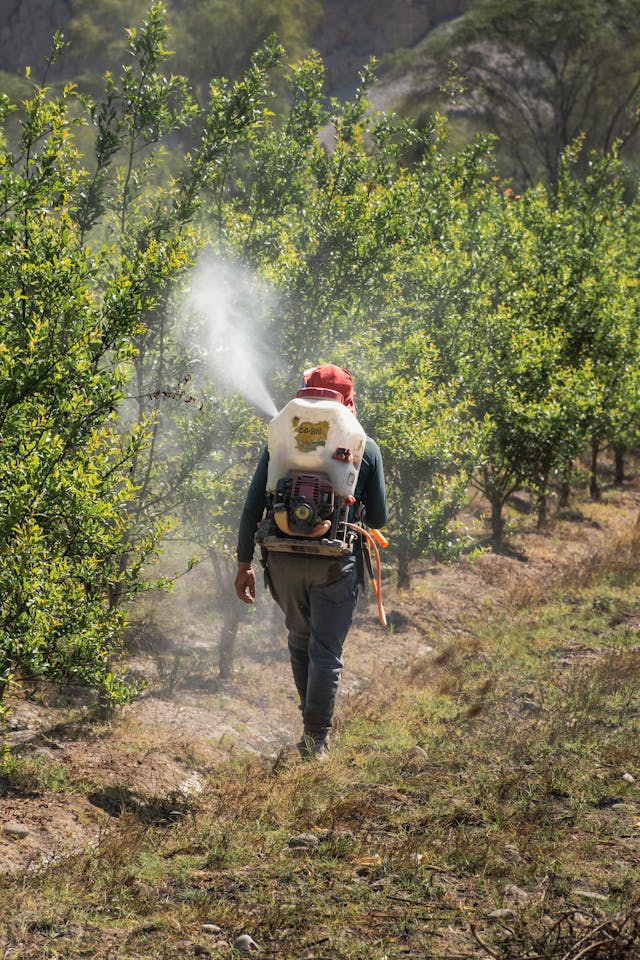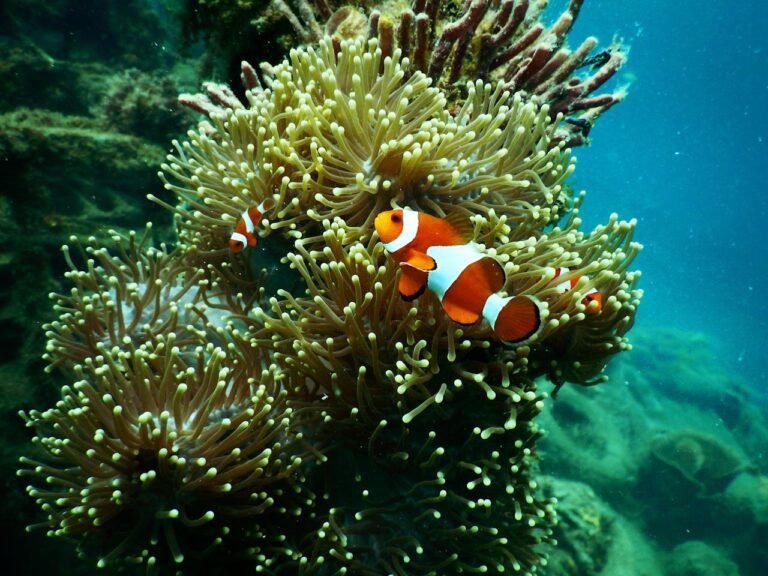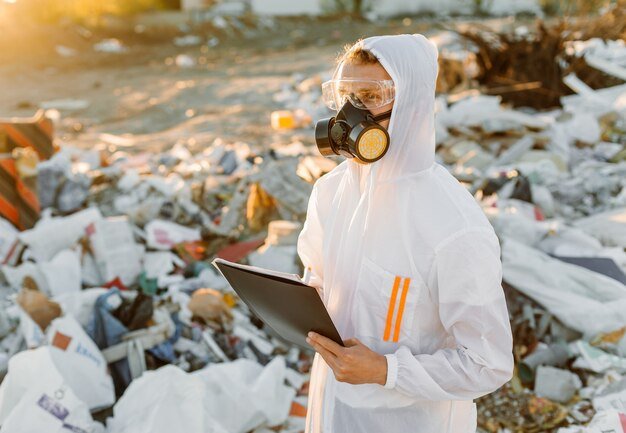Pesticide Drift and Its Impact on Ecosystems
In 2008, Germany experienced a devastating environmental incident when over 11,000 beehives were affected, leading to the death of millions of bees. Investigations revealed that pneumatic equipment used to plant corn seeds released clouds of pesticide dust containing clothianidin into the air. Wind carried this toxic dust onto neighbouring canola fields where bees were pollinating, resulting in acute poisoning. Laboratory tests confirmed that 99% of the sampled bees had high levels of clothianidin, a neonicotinoid pesticide highly toxic to honeybees. This incident shows the unintended consequences of pesticide drift, not only on pollinators but also on the broader ecosystem.
Our efforts to protect crops and ensure food security have made pesticides an integral part of modern farming. However, they don’t always stay where they’re applied. This unintended movement—known as pesticide drift—raises serious concerns for the health of ecosystems, biodiversity, and nearby communities.

In This Article
- What Is Pesticide Drift?
- Real-World Impacts: Case Studies
- Ecological Consequences
- Mitigation Strategies
- Conclusion:
What Is Pesticide Drift?
Pesticide drift occurs when chemicals used to protect crops move away from their target area. This can happen during application or afterwards, influenced by factors like wind, temperature, and the type of equipment used. The U.S. Environmental Protection Agency (EPA) describes pesticide drift as the airborne movement of pesticide particles—such as dust or droplets—to locations outside the area where they were originally applied.
Types of Pesticide Drift
- Spray Drift: Occurs when fine pesticide droplets are carried away by the wind during application. This is especially common with aerial spraying or high-pressure equipment that produces smaller droplets more susceptible to being blown off course.
- Volatilisation Drift: Happens after application when pesticides evaporate and move with air currents. Certain chemicals, particularly those with high volatility, can vaporise and drift away from the intended area, potentially affecting neighbouring fields or residential zones.
Factors Influencing Drift
- Weather Conditions: Wind speed, temperature, and humidity play crucial roles. According to Pesticide Environmental Stewardship, wind speeds above 8 mph can significantly increase the risk of spray drift, while low humidity and high temperatures can enhance volatilisation. Additionally, temperature inversions—where a layer of warm air traps cooler air near the ground—can cause pesticides to remain suspended and drift over long distances.
- Application Techniques: The method and equipment used for pesticide application affect drift potential. Aerial spraying and high-pressure systems tend to produce finer droplets that are more prone to drift. Adjusting nozzle types, spray pressure, and boom height can help mitigate this risk.
- Chemical Properties: The inherent characteristics of a pesticide, such as its volatility and solubility, determine its tendency to drift. Pesticides with high vapour pressure are more likely to evaporate and move with air currents, leading to volatilisation drift
Real-World Impacts: Case Studies
The Endosulfan Tragedy in Kerala, India
From the late 1970s to 2001, the Plantation Corporation of Kerala conducted aerial spraying of endosulfan on cashew plantations in the Kasaragod district. This practice led to severe health issues among residents, including birth defects, neurological disorders, and cancers. A study by the National Institute of Occupational Health found significantly higher rates of neurobehavioral disorders and congenital malformations in the exposed population compared to a control group. The environmental impact was equally dire, with reports of massive die-offs of butterflies, frogs, and birds, indicating a collapse in local biodiversity. Despite a ban in 2001, residues of endosulfan persist in the soil and water, continuing to affect the ecosystem and human health.
Pesticide Drift in the Netherlands
In the Netherlands, a country renowned for its agricultural innovation, research has shed light on the unintended consequences of pesticide use. Studies have shown that pesticide drift can significantly impact terrestrial ecosystems. Non-target habitats, including forests and grasslands, are exposed to these chemicals, leading to disruptions in species composition and ecological processes.
California’s Central Valley
In California’s Central Valley, communities have faced significant health challenges due to pesticide drift. Incidents reported by Wired described schoolchildren experiencing symptoms such as coughing, vomiting, and neurological spasms after exposure to drifting pesticides from nearby farms. Further research from the University of California, Berkeley, has linked pesticide exposure to decreased lung function in children. A longitudinal study published in the journal Thorax found that for every tenfold increase in organophosphate pesticide concentration, there was an 8% reduction in lung function among 7-year-olds.
Additionally, the herbicide paraquat, banned in over 70 countries, continues to be used in California. Preliminary reports suggest associations between paraquat exposure and health issues such as hyperthyroid disease and birth defects. These findings show that there is an urgent need for reevaluating pesticide regulations to safeguard public health.
Ecological Consequences
Impact on Pollinators
Bees, butterflies, and other pollinators are especially vulnerable. Even low levels of pesticide exposure can impair their ability to navigate, forage, and reproduce. A 2023 study across eight European countries found that bumblebee colonies exposed to multiple pesticides experienced reduced growth and productivity, particularly in areas with intensive farming practices. Alarmingly, some pesticides like clothianidin persist in the environment for years, contaminating nectar and pollen long after their use has ceased.
Aquatic Ecosystems
Pesticide drift doesn’t stop at field edges; it often finds its way into nearby water bodies, impacting aquatic life. In areas such as California, research has shown that over 10% of streams have been contaminated by pesticide drift, introducing a complex mix of chemicals into aquatic ecosystems.
These contaminants can disrupt reproductive systems in fish and amphibians, reduce food availability, and alter predator-prey dynamics. For instance, a report by The Guardian revealed that in Australia’s Darling-Baaka River, inconsistent pesticide levels have been linked to poor water conditions, algal blooms, and mass fish deaths. The cumulative effects of pesticides and other factors lead to low oxygen levels, worsening conditions for aquatic life.
Soil Health
Healthy soil is the foundation of sustainable agriculture, but pesticide drift can compromise this vital resource. Soil microorganisms play a crucial role in nutrient cycling and plant health. However, exposure to pesticides like neonicotinoids can disrupt microbial communities, leading to reduced soil fertility and increased vulnerability to plant diseases.
A systematic review found that about 45% of studies reported adverse impacts of neonicotinoids on soil microbial community structure, composition, diversity, functioning, enzymatic activity, and nitrogen transformation. In Nigeria, research in Bayelsa State documented that pesticide-contaminated soils had lower microbial activity compared to untreated soils, indicating that pesticide residues can significantly alter soil microbial health.
Mitigation Strategies
Creating Buffer Zones
Imagine a protective barrier between pesticide-treated fields and sensitive areas like rivers, homes, or schools. These are known as buffer zones. By leaving a strip of land untreated, we can significantly reduce the chances of pesticides drifting into unintended areas. The EPA has implemented rules requiring such zones, known as Application Exclusion Zones (AEZs), to safeguard farmworkers and nearby communities during pesticide applications.
Improving How We Apply Pesticides
The method of pesticide application plays a crucial role in minimising drift. According to NDSU Agriculture, using specialised equipment like drift-reducing nozzles can produce larger droplets that are less likely to be carried away by the wind. Additionally, adjusting the height of spray equipment and monitoring weather conditions—especially wind speed and direction—can further reduce unintended spread.
Embracing Integrated Pest Management (IPM)
Integrated Pest Management is an approach that combines various methods to control pests with minimal environmental impact. Instead of relying solely on chemicals, IPM incorporates biological controls (like beneficial insects), cultural practices (such as crop rotation), and mechanical methods (like traps). This strategy not only reduces pesticide use but also promotes biodiversity and long-term sustainability.
Strengthening Policies and Regulations
Government policies are vital in ensuring safe pesticide use. Regulations can mandate buffer zones, restrict certain high-risk pesticides, and promote the adoption of safer alternatives. For instance, the California Department of Pesticide Regulation actively enforces pesticide laws and provides training to ensure compliance. Such measures help protect both the environment and public health.
Conclusion:
Pesticide drift is a complex issue with far-reaching ecological consequences. By understanding its mechanisms and impacts, we can take informed steps to mitigate its effects. This includes adopting sustainable agricultural practices, supporting research into safer alternatives, and advocating for policies that protect both ecosystems and human communities.







